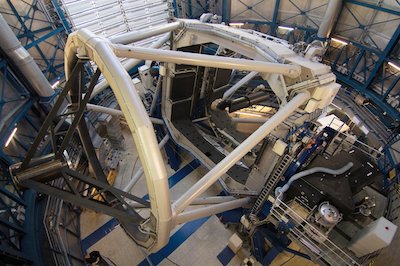The performance of the star-hopping technique in observations with SPHERE has recently been assessed and described in the instrument's User Manual. It has been shown that this technique can boost the signal-to-noise ratio in exoplanet studies, particularly at small separations (0.1") from the star. In order to encourage future observations exploiting the new technique, DDT observations under programme ID 2103.C-5076 will soon be performed and the data made immediately public on ESO's Science Archive Facility. ESO will inform users through this Science Newsletter once the observations have been completed.
- Science Users Information
-
- Observing Facilities
- Future Facilities and Development
- Observing with ESO Telescopes
- Science Software
- Science Archive Facility
- Science Activities
- APEX Science Verification
- Science in Garching and Santiago
- Science in Garching
- Science in Santiago
- Special Visitor Programme for Scientists working in Ukraine
- Fellowships and Studentships
- PhD Thesis Topics offered by ESO Faculty Members
- Instrument Commissioning
- VLT/VLTI Science Verification
- VISTA Science Verification
- Science Publications
- Science and Technical Meetings
- Seminars at ESO Garching
- Seminars at ESO Santiago
- Conferences and Workshops
- Conferences 2026
- Conferences 2025
- Conferences 2024
- Conferences 2023
- Conferences 2022
- Past Conferences and Workshops in Europe
- Past Conferences and Workshops in Chile and Latin America
- ESO Code of Conduct for Workshops & Conferences
- IT Services
- Library, Documentation & Information Services
- Vacancies
SPHERE DDT observations using the new star-hopping technique
Published: 15 Oct 2019

